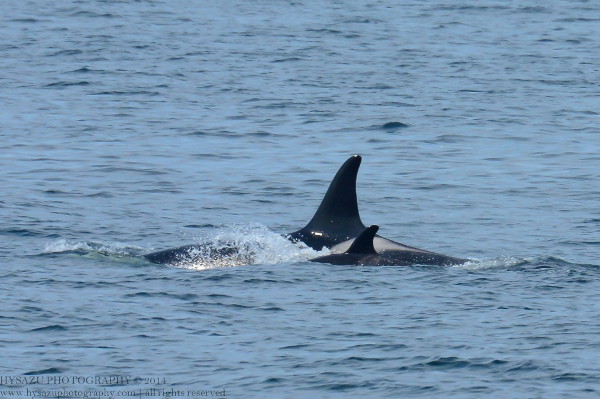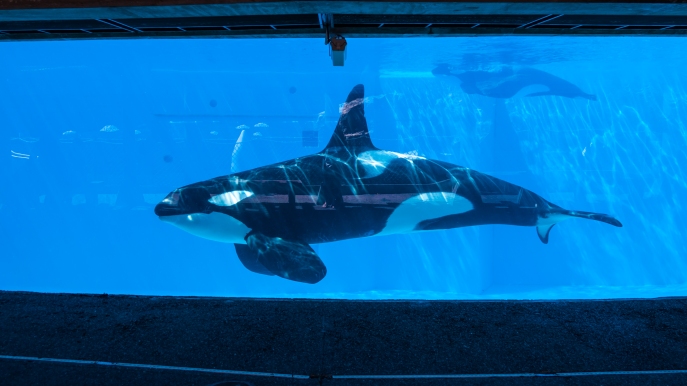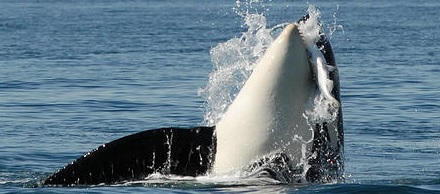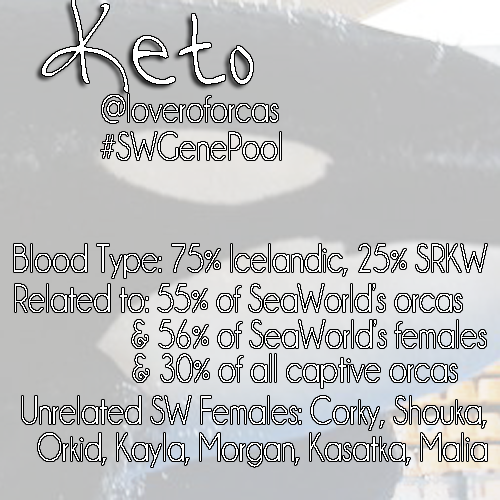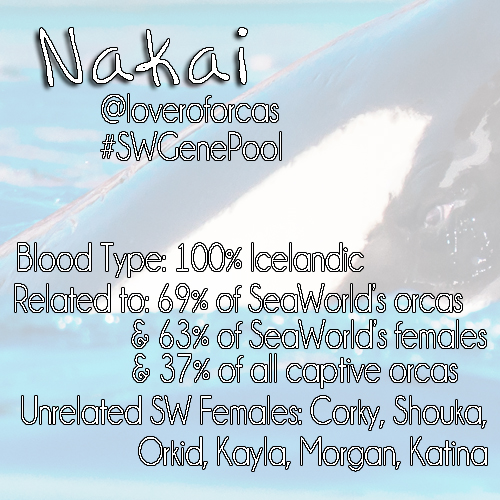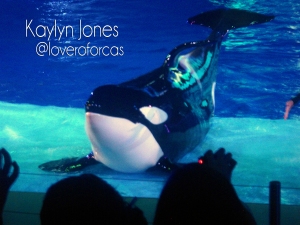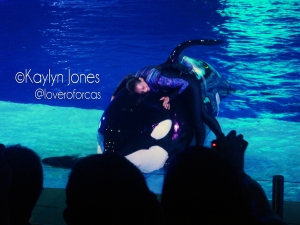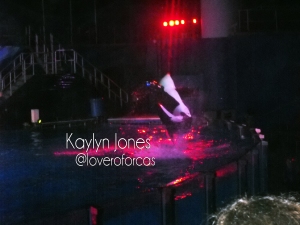It is with a heavy heart and many tears that I report to you that the first calf born to the southern residents in two years – L120 – has likely died. While this has been suspected for a few days, I didn’t want to relay the information until official sources – such as the CWR or Orca Network – reported it. According to Kenneth Balcomb, the calf’s mother L86 Surprise was spotted Friday, Saturday and Monday with the little one no where to be seen. The calf was estimated to be about seven weeks old and would still be sticking close to his or her mother. The fact that L86 was alone leaves little room for hope.
Lack of salmon and harmful pollutants may be the cause of L120’s death. The low levels of chinook can lead to a reduced supply of milk while chemicals such as PCBs and dioxins get into the mother’s body and is then transferred to the calf through her milk. It is believed that cetaceans grieve due to photographic evidence of dolphins and whales pushing deceased calves around on their rostrums, therefore it is hard to imagine how painful it must be for L86 to lose another calf (her second offspring, L112 Sooke/Victoria died in 2012 of severe acoustic trauma).
This is the third death for this community in 2014 (L100 Indigo and L53 Lulu went missing earlier this year), bringing the population down to 78. It has been suspected since early summer that J32 Rhapsody (18 years old) may be pregnant. Let’s hope that she or another female produce a healthy calf that lives to receive a name. We will miss you, L120.

